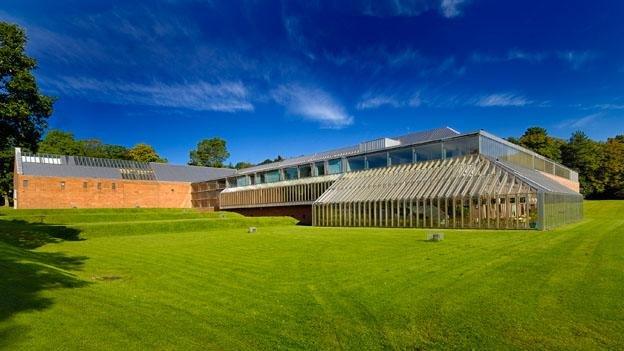Don't mess around with Burrell Collection says architect
- Published
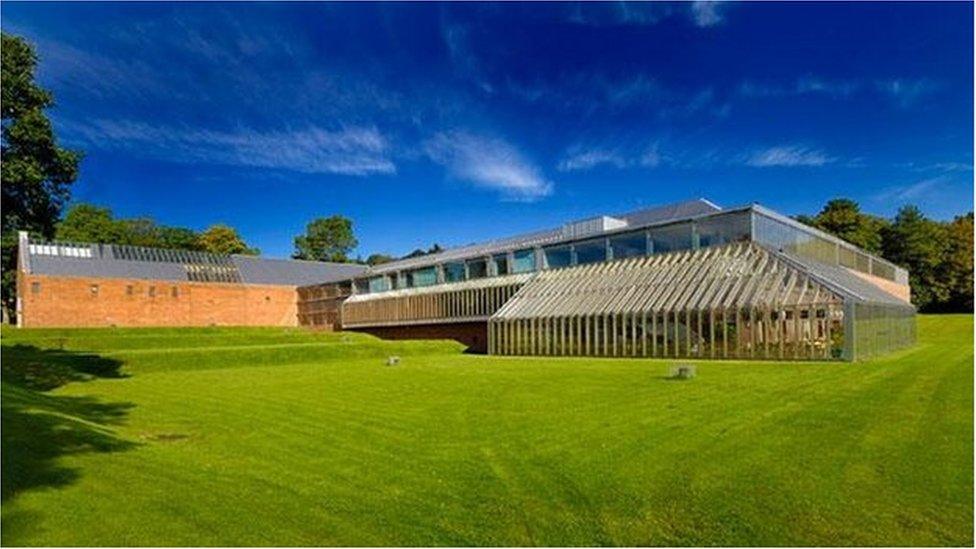
The Burrell Collection building in Pollok Park first opened in 1983
The architect who created Glasgow's Category A-listed Burrell Collection has voiced concern over its redesign.
The art gallery and museum is currently closed to undergo extensive repairs and structural changes.
John Meunier, one of the architects behind the landmark building more than 30 years ago, said the redesign should not "mess around" with the original.
He said he was concerned about its status as one of Scotland's best 20th century works of architecture.
The building, which opened in Glasgow's Pollok Park in 1983, was designed by Mr Meunier, Barry Gasson and Brit Andresen.
It houses a priceless collection of art and antiquities collected by the late industrialist William Burrell.
However, the building has been suffering from water ingress which put the art works at risk.
Glasgow Life, which operates the museum, decided to close it for almost four years while it was repaired and refurbished.
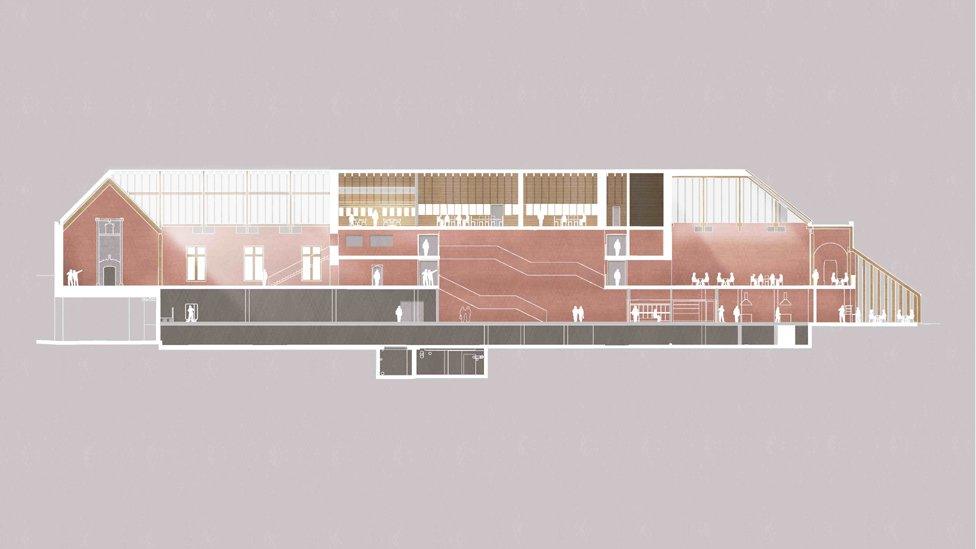
The basement of the building is to become part of the exhibition space
The £66m restoration will bring about a fourfold increase in the building's floor space, allowing 90% of the museum's 9,000-item collection to be displayed.
The project will open up the museum's lower ground floor stores for the first time, and create a learning centre, landscaping works, a ground-floor entrance to the café and more retail facilities.
Architects John McAslan + Partners won the commission to carry out the work last year and were granted planning permission for their design in April.
However, Mr Meunier, who is emeritus professor of architecture at Arizona State University, said he was concerned about the redesign, especially changes to the main entrance and the Hutton Rooms, which features furnishings from Burrell's castle near Berwick on Tweed.
The architectural expert has proposed changes to the redesign which he said would retain more of the original structure, much of which was set out in the conditions laid down in the will of the late William Burrell.

In a letter to the architects, Mr Meunier demanded a meeting over the planned changes.
He said: "The issue for me is the long term and whether it retains its status as one of the best 20th century works of architecture in Scotland, superbly matching the architecture to the works of art, while continuing to honour the intentions of its progenitor (William Burrell).
"For it to do that a lot more has to be retained, including the extended entry sequence of graduated spaces, and the programmatic requirement of the will that the restored Hutton Rooms be retained."
He added: "There is obviously a lot more to discuss, including the careful insertion of elevators as all three levels come into play, but my main message is to mess around with the basic, experience, logic and composition of the original building as little as possible, and to exercise architectural creativity to meet your new goals in a way that sustains the material and formal language of the original."
Paddy Pugh, director of conservation and planning at architects McAslan, said he was sorry to hear of the comments.
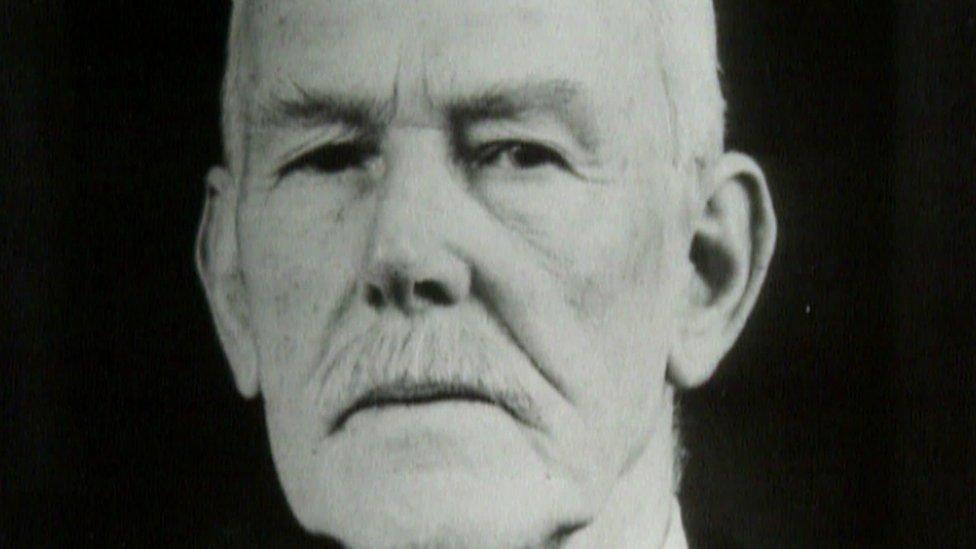
Sir William Burrell donated his collection to the city of Glasgow in 1944

It was almost 40 years before the city of Glasgow found a suitable home for the Collection
He wrote to Mr Meunier: "We have the utmost respect for the building and have, as you know, taken a great deal of care to understand its design intent and significance.
"There is no doubt in our minds that The Burrell fully deserves its recognition and status as a Category A listed building."
He said the "visitor and curatorial expectations of public cultural buildings" had changed significantly over the almost 40 years since the building was designed.
Mr Pugh also added that the Burrell had seen a decline in visitor numbers in recent years.
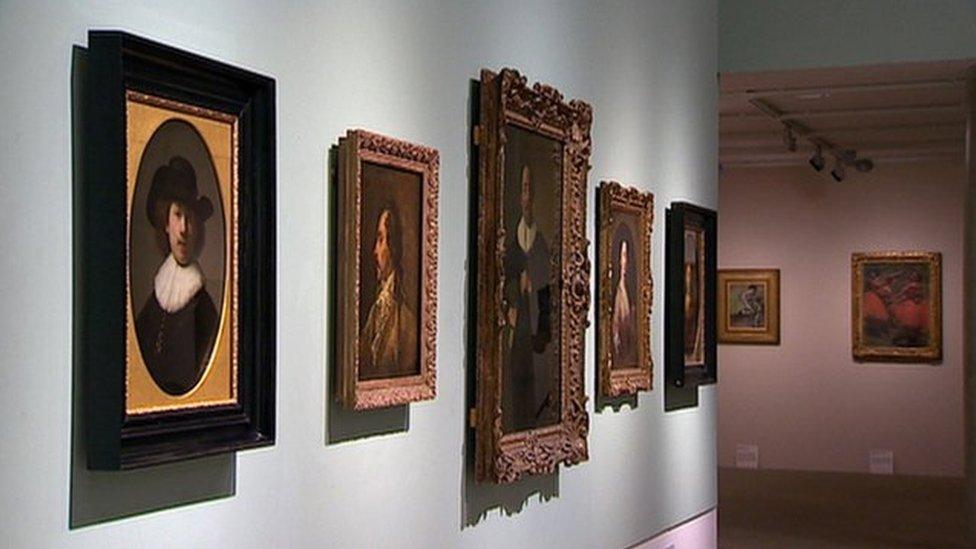
The museum contained many art works as well as antiquities
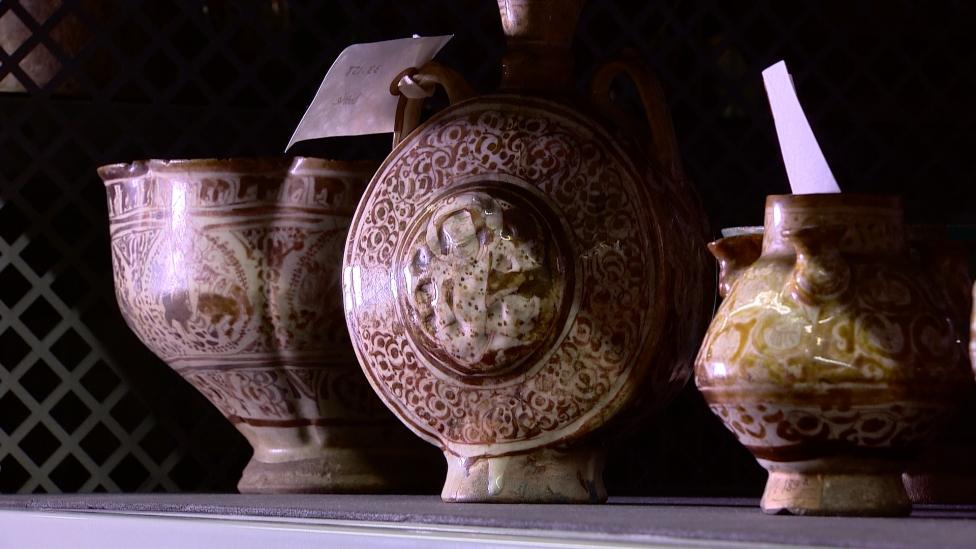
It contained 9,000 objects from around the world
He said: "Glasgow Life and The Burrell Renaissance, as custodians for both the building and the Collection, are absolutely convinced that changes to the gallery and display of objects are required in order to reverse that decline.
"Beyond repairing/replacing the roofs, facades and building services, the principle architectural changes are designed to improve access into and around the building."
Glasgow Life said it had not been contacted by Mr Meunier.
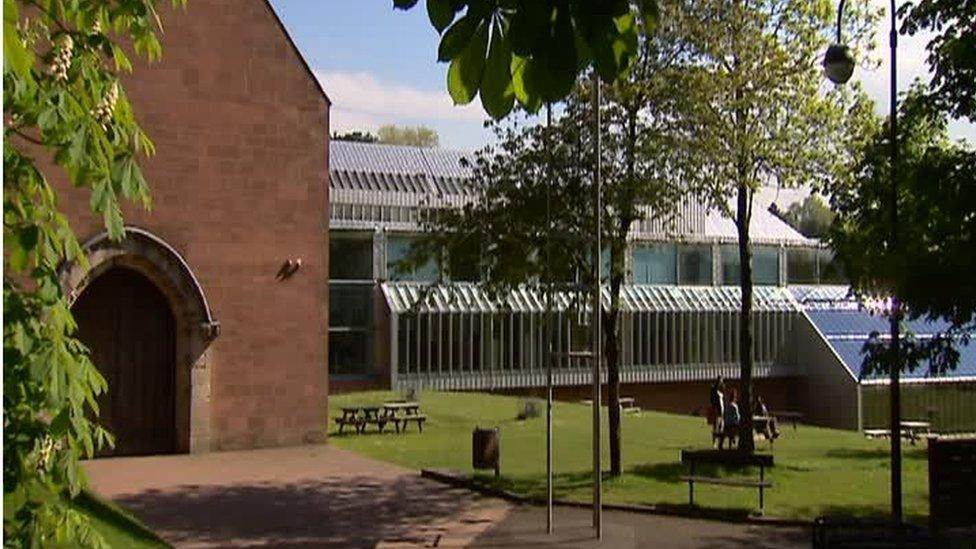
Glasgow Life said the main entrance would remain unchanged but new access would be created
It said the "original, existing entrance will remain exactly the same, open and in use at all times".
A statement said: "The new scheme will create an additional entrance to improve access into and around the museum.
"Access, although important when the Burrell was designed in the 1970s, no longer meets visitor expectations or standards required for a major cultural building.
"The scheme will also repair and re-service the building so that its internal environment is once again, appropriate for displaying a nationally important collection."
It added: "Some changes to fabric will be made to improve access into and around the building to meet current requirements for visitors but design intent, plan-form, materiality, appearance, and character, will remain substantially unchanged."
- Published19 April 2017

- Published25 October 2016

- Published22 October 2016

- Published21 October 2013
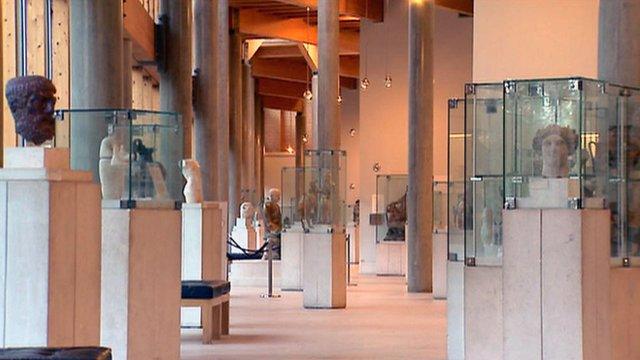
- Published1 February 2013
